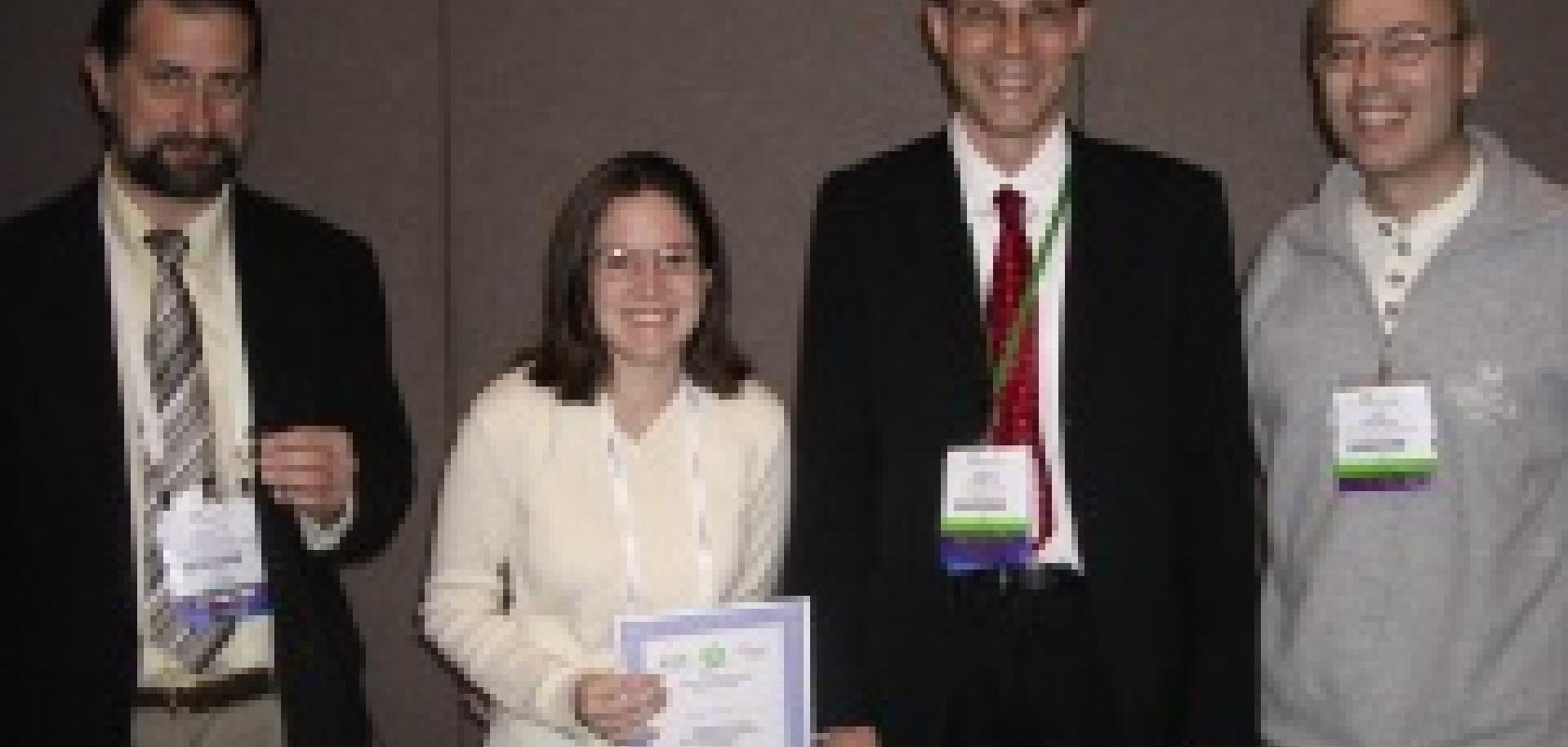A Young Investigator award worth $750 has been given to a California Institute of Technology student for a paper on the detection of cytokines using optical microcavities.
The award, sponsored by PicoQuant, was aimed at motivating students to submit and present their work at the SPIE-organised symposium called Biomedical Spectroscopy, Microscopy and Imaging at the Photonics West event, which took place in January 2008.
The chairs awarded the 2008 prize to Andrea Armani from the Scott Fraser group at California Institute of Technology for the paper: Labelfree detection of cytokines using optical microcavities, which described how Armani and co-workers observed light absorption of single molecules under ambient conditions in a liquid using a high-Q toroidal microresonator.
Since the beginning of optical single molecule spectroscopy in liquids roughly 20 years ago, the prevailing method was fluorescence detection due to its superior sensitivity and signal-to-background ratio. To observe the absorption of light by a single molecule is a fundamentally harder task. The core idea of Armani et al. was to place a molecule into the evanescent field of a high-Q microcavity allowing for a nearly billion-fold increase of the light-molecule interaction and thus to amplify the weak single-molecule absorption signature.
The award winner also received a registration fee waver for the leading European meeting on Single Molecule Spectroscopy and Ultra Sensitive Analysis in the Life Sciences to be held on 17-19 September 2008 in Berlin, Germany.
The goal of the biomedical symposium session was to provide an interdisciplinary forum for spectroscopists, biochemists and engineers to exchange information on ultrasensitive optical detection and spectroscopy down to the single-molecule level and its applications in chemoanalysis, biophysics, biological and biomedical research, medical diagnostics and microscopy.
The session covered a wide range of different single-molecule techniques such as Fluorescence Correlation Spectroscopy (FCS), Fluorescence Lifetime Imaging (FLIM) or superresolution imaging, with a special focus on biological and biomedical applications. The presentations showed that single molecule spectroscopy has become an important tool in fundamental biological and biomedical research as it allows the study of function and interaction of individual biomolecules.
The next SPIE session will be held again in San Jose as part of the Photonics West, 19-24 January 2009.


